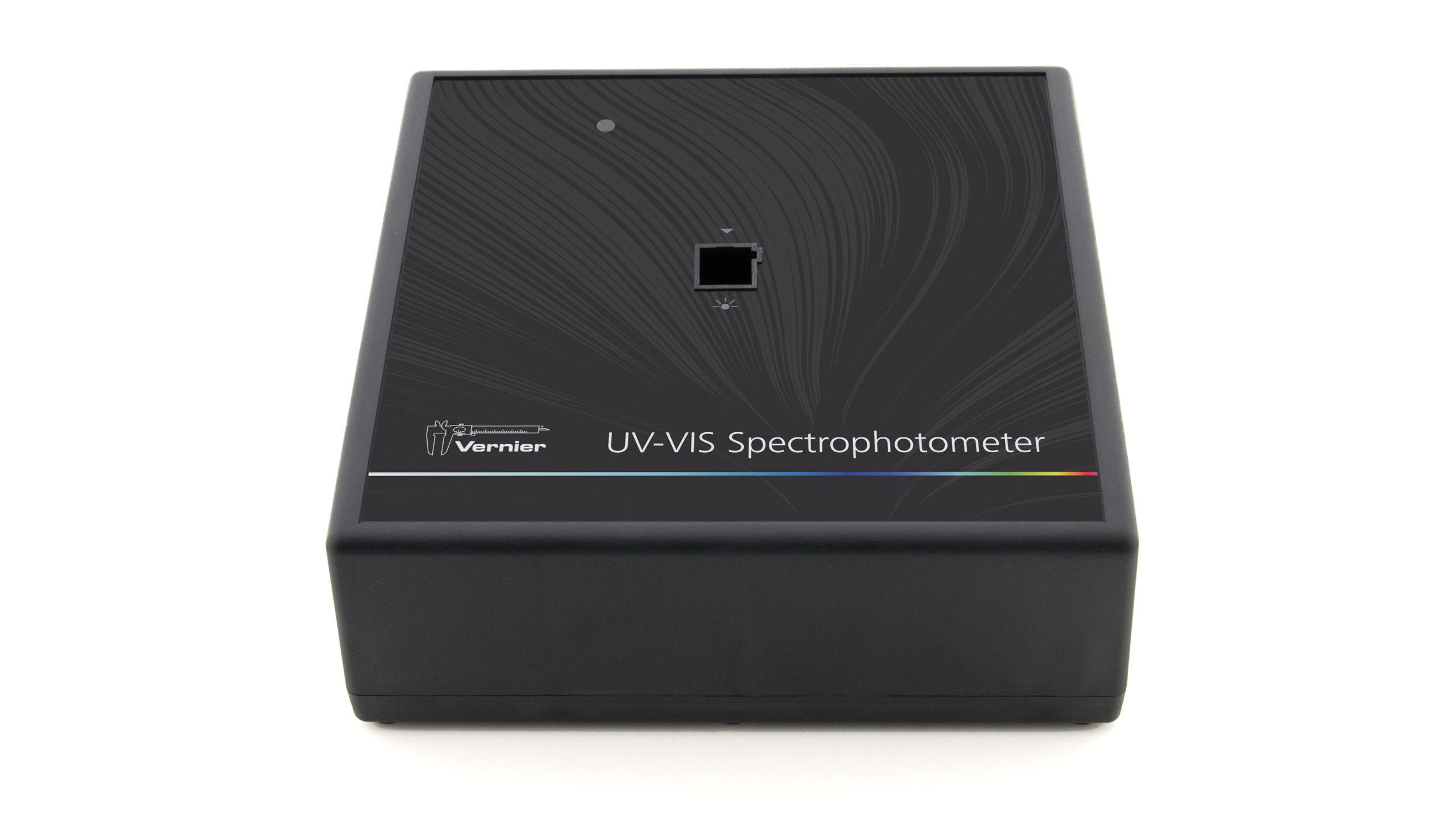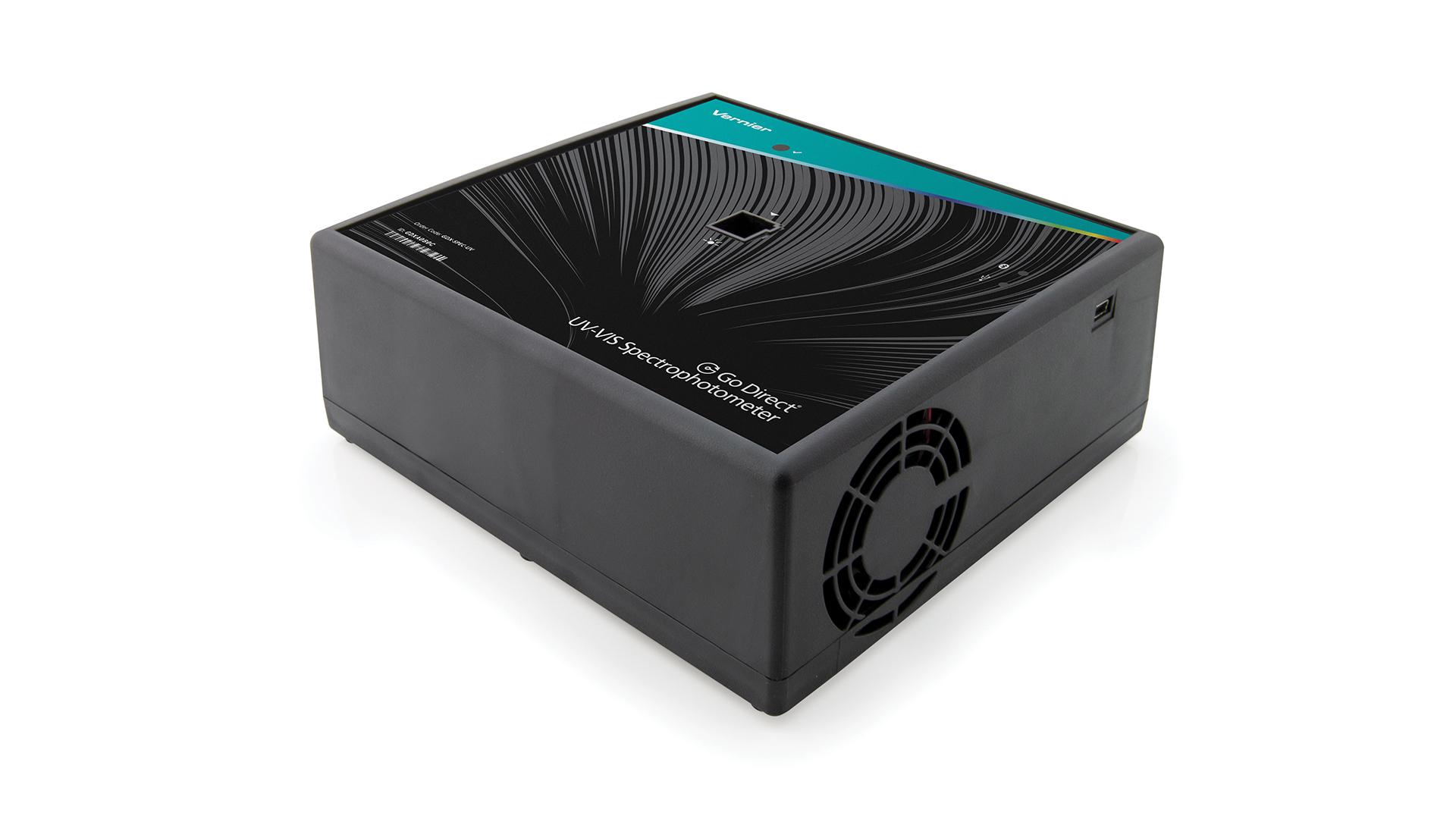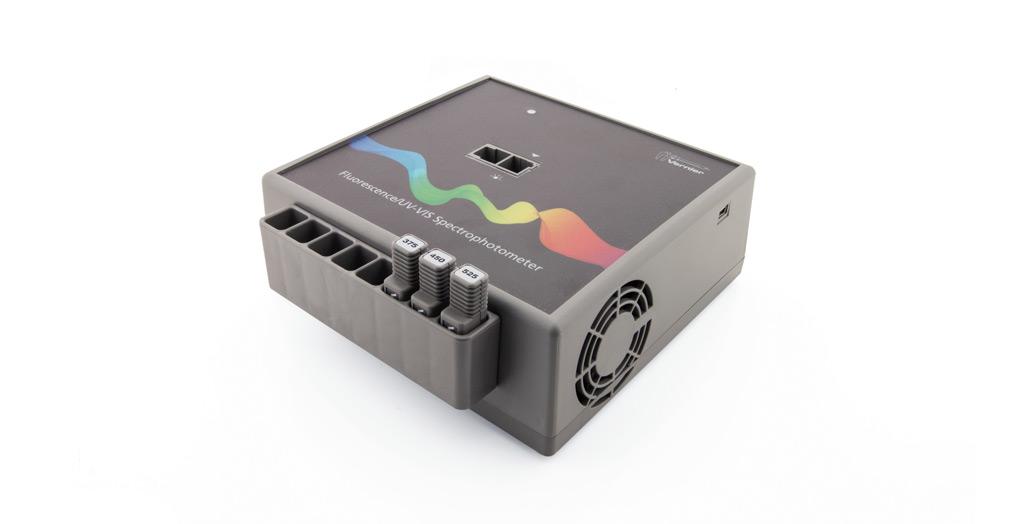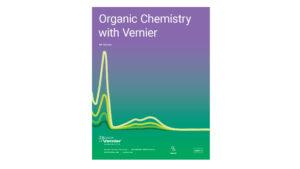Grignard Formation of Crystal Violet
Experiment #22 from Organic Chemistry with Vernier
- Education Level
- College
Introduction
An organometallic compound is one that contains a carbon-metal bond. The key feature of many of these compounds is that the carbon on the carbon-metal bond carries a partial negative charge. The partial negative charge on carbon makes it basic and nucleophilic; this latter property can be exploited in organic synthesis to help construct carbon-carbon bonds. Organomagnesium compounds are referred to as Grignard reagents.
Crystal violet is a triarylmethane dye which is commonly used in general chemistry classrooms to study spectrophotometry and basic chemical kinetics. Here, you will synthesize crystal violet by preparing a Grignard reagent from the bromine-containing compound 4-bromo-N,N-dimethylaniline. Addition of this Grignard to diethyl carbonate followed by acid hydrolysis ultimately leads to the triarylmethane dye.
Objectives
In this experiment, you will
- Prepare a Grignard reagent from 4-bromo-N,N-dimethylaniline, illustrating the synthetic process of carbon-carbon bond formation.
- Synthesize crystal violet from this Grignard reagent.
- Analyze the purity of the synthesized crystal violet spectrophotometrically.
Sensors and Equipment
This experiment features the following sensors and equipment. Additional equipment may be required.
Option 4

Ready to Experiment?
Ask an Expert
Get answers to your questions about how to teach this experiment with our support team.
- Call toll-free: 888-837-6437
- Chat with Us
- Email support@vernier.com
Purchase the Lab Book
This experiment is #22 of Organic Chemistry with Vernier. The experiment in the book includes student instructions as well as instructor information for set up, helpful hints, and sample graphs and data.





